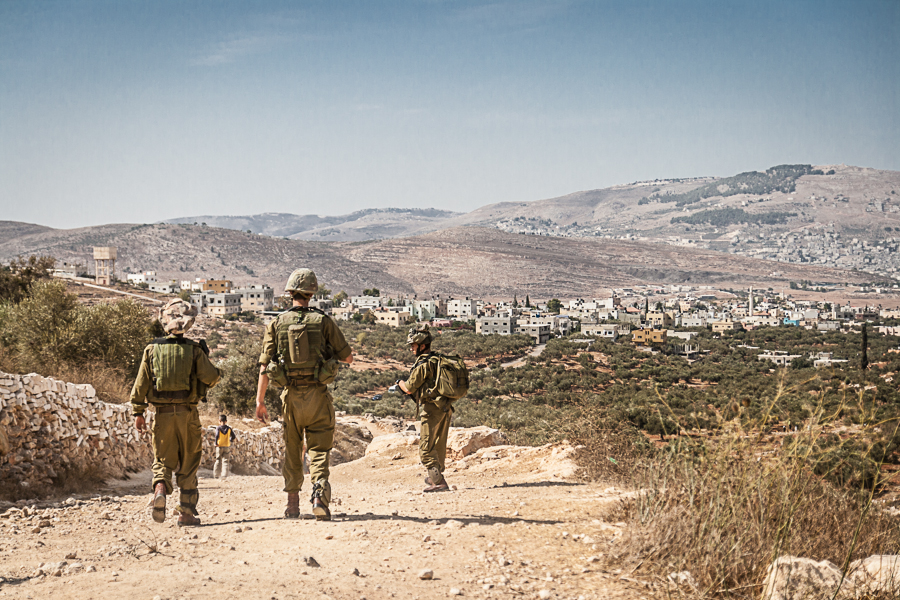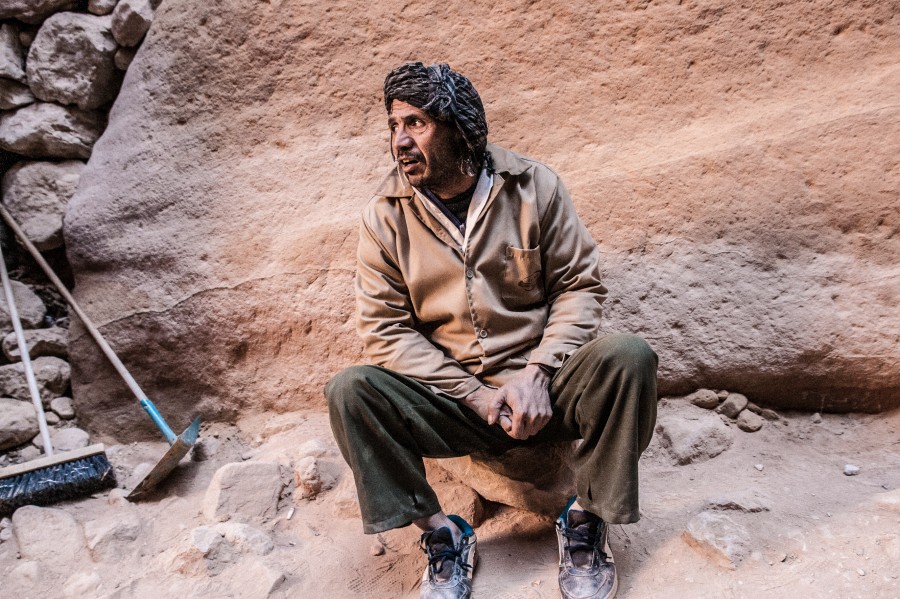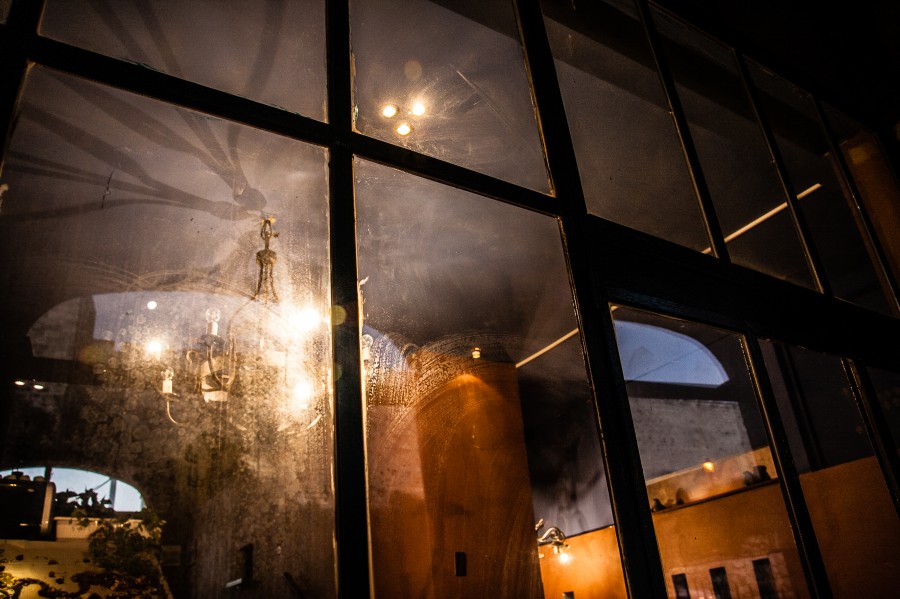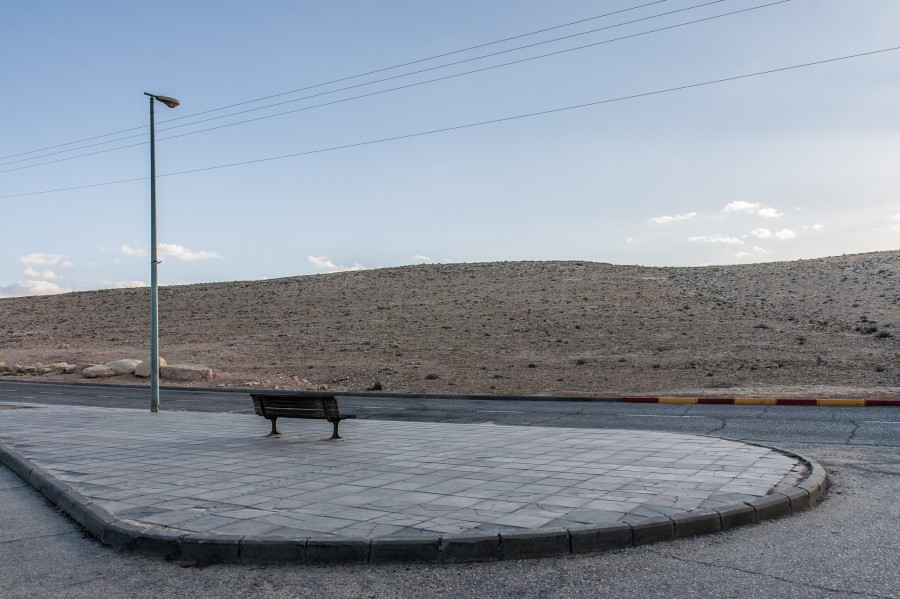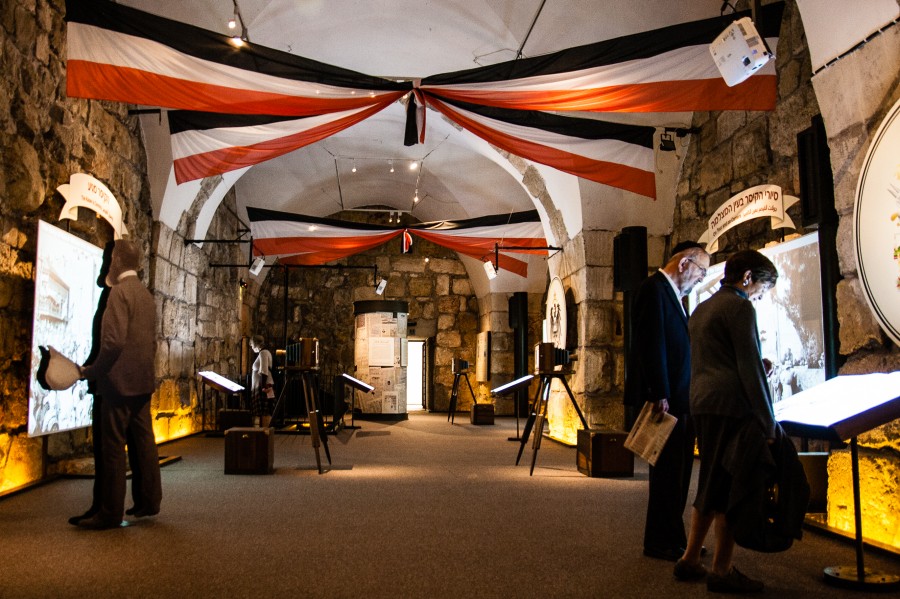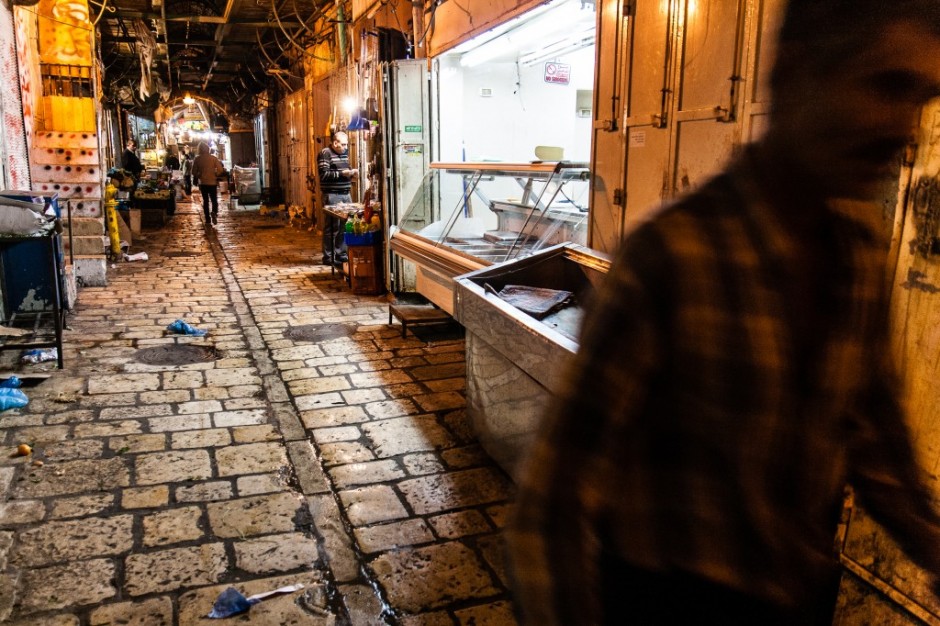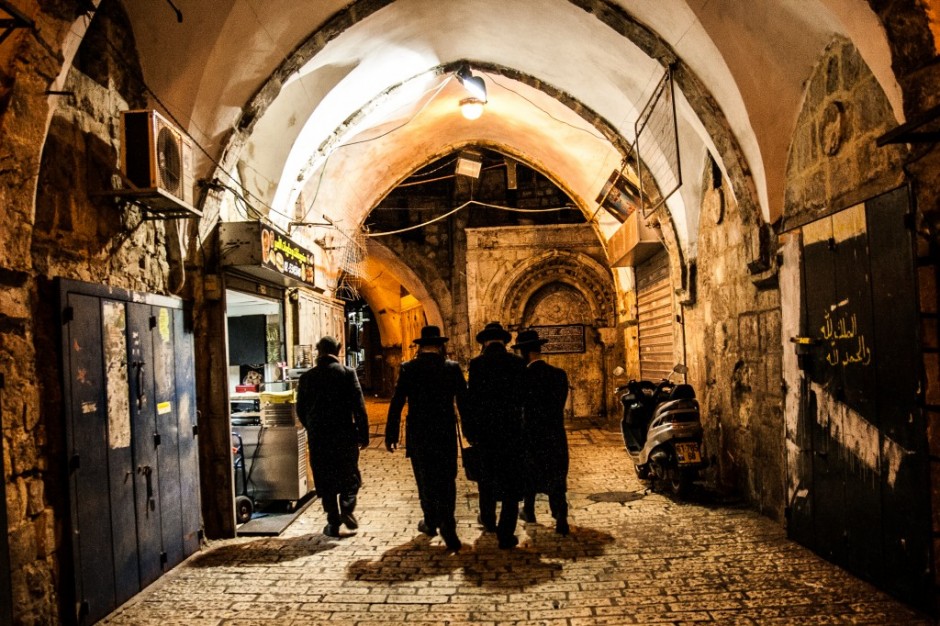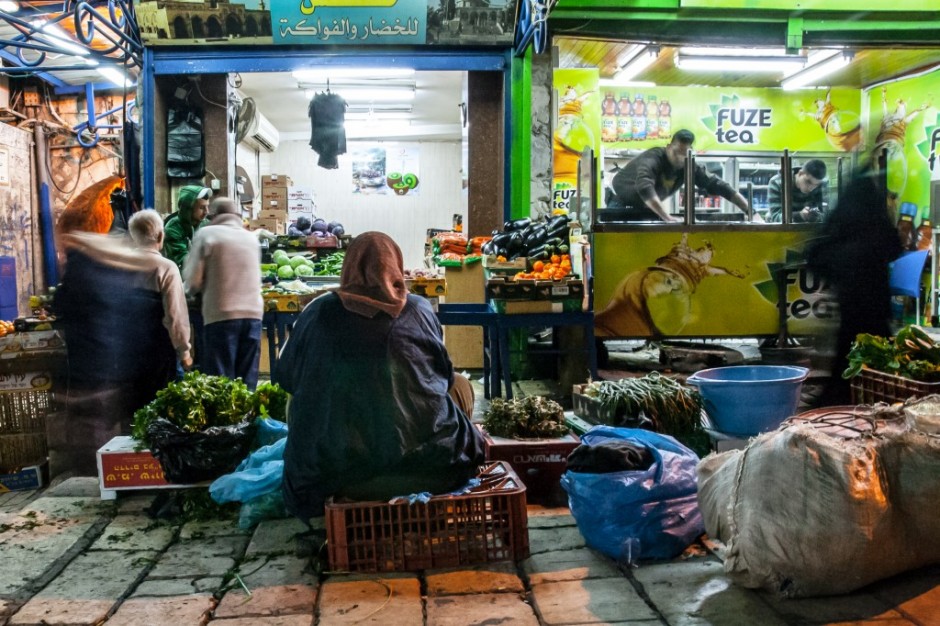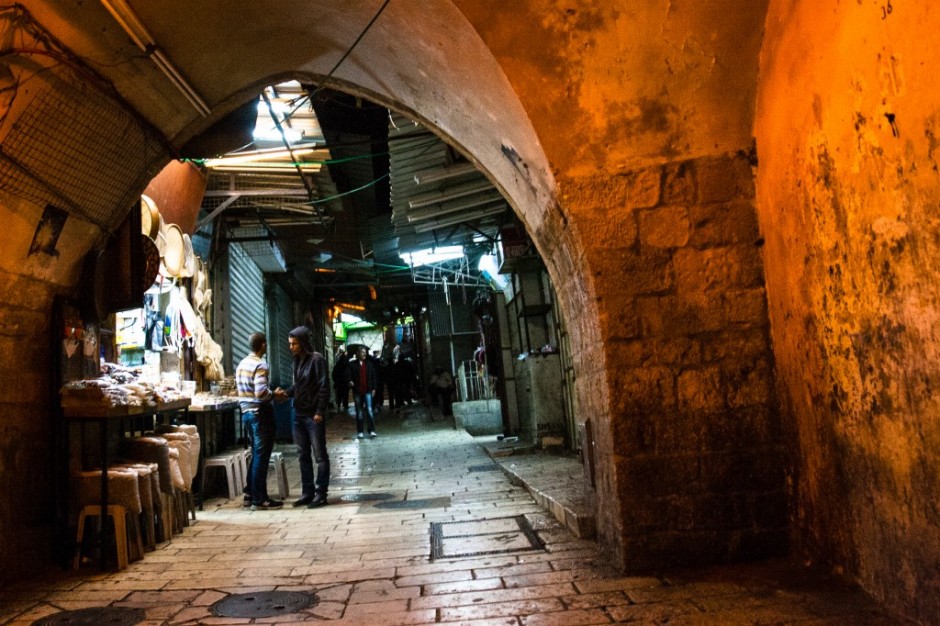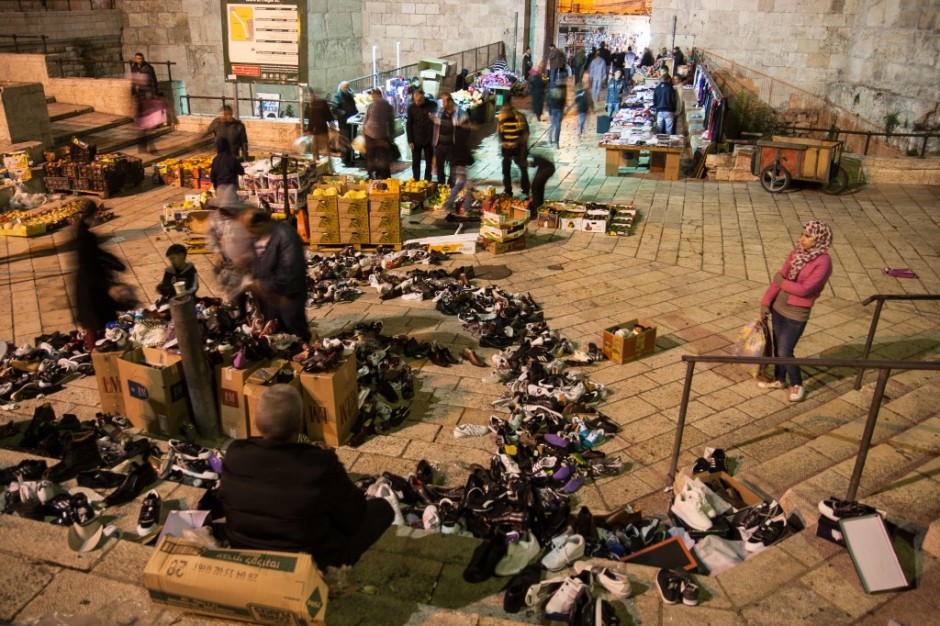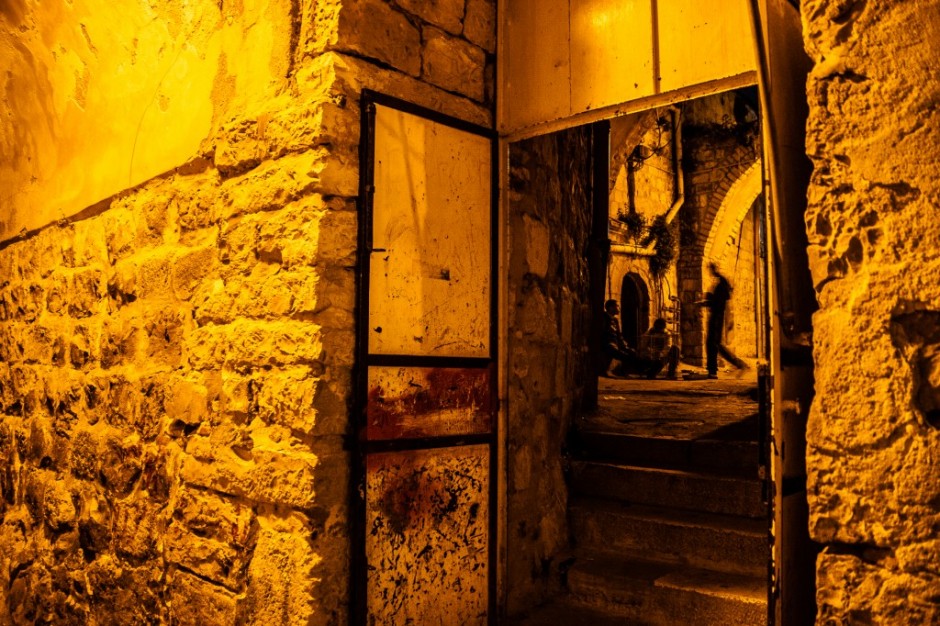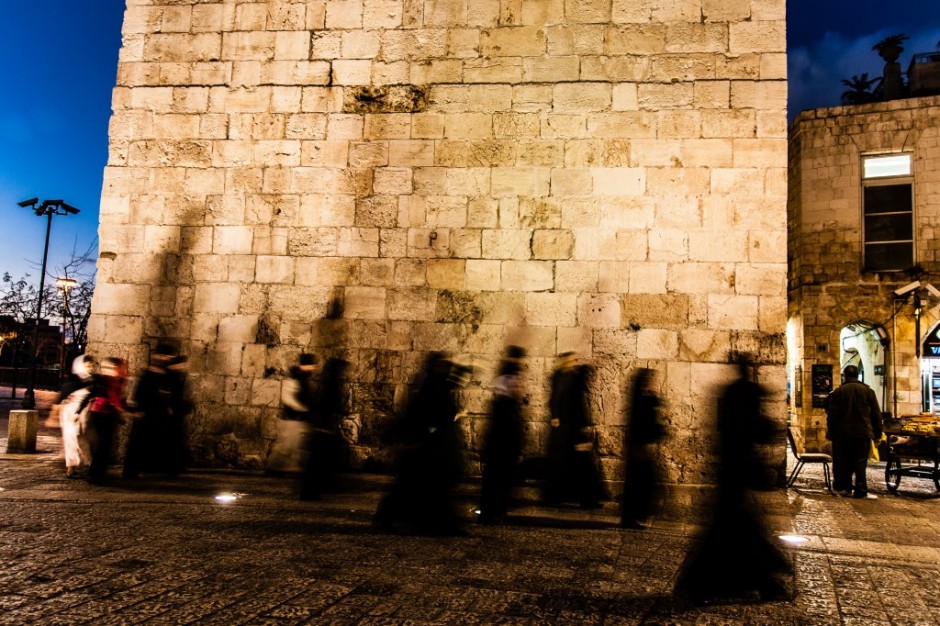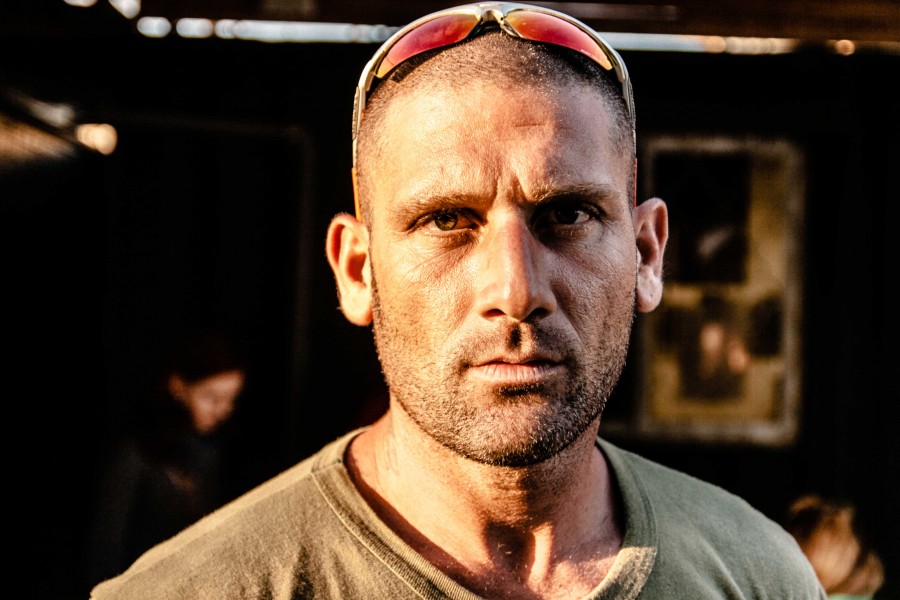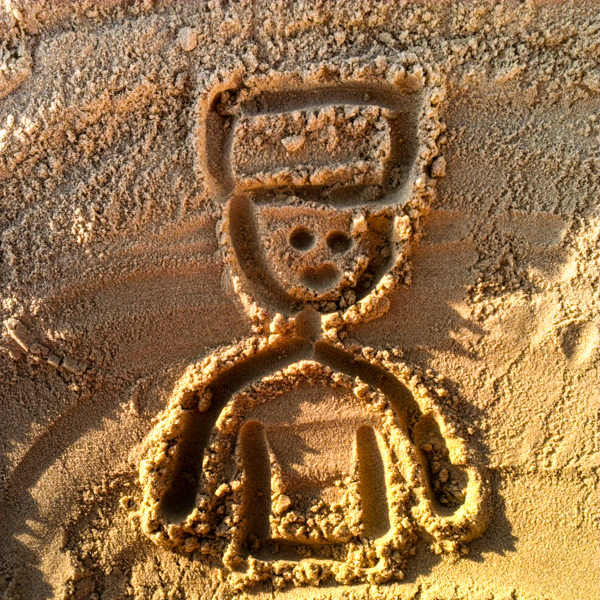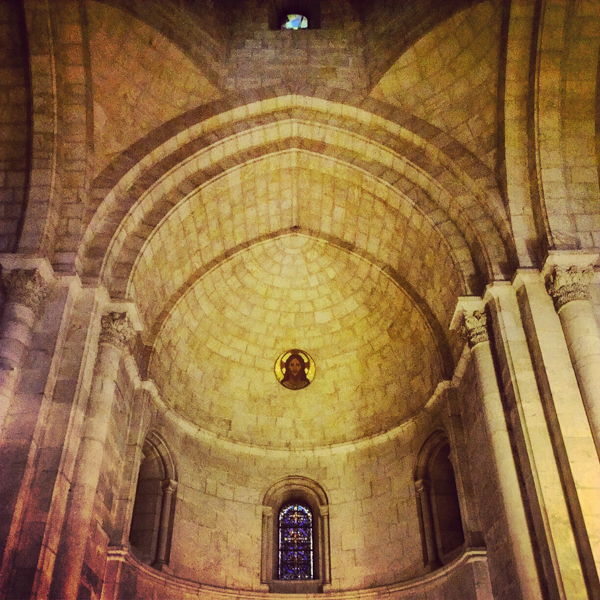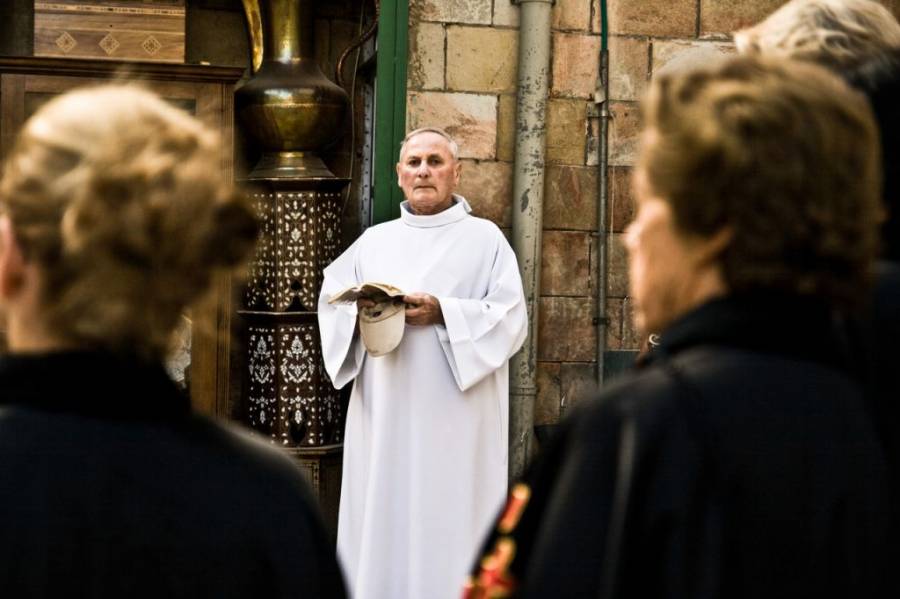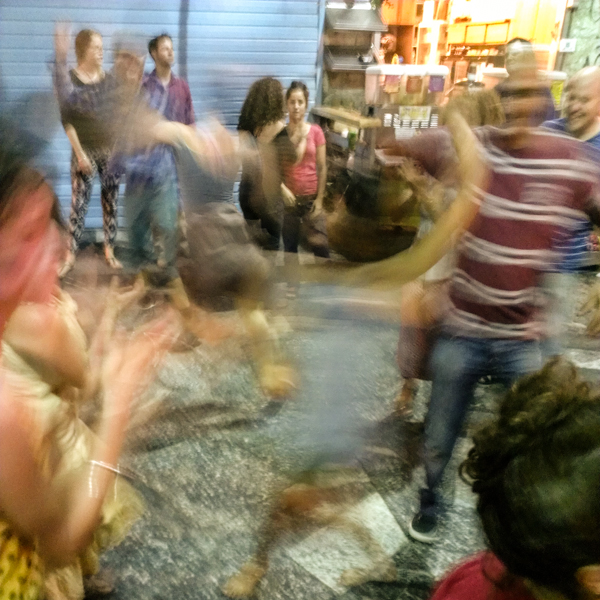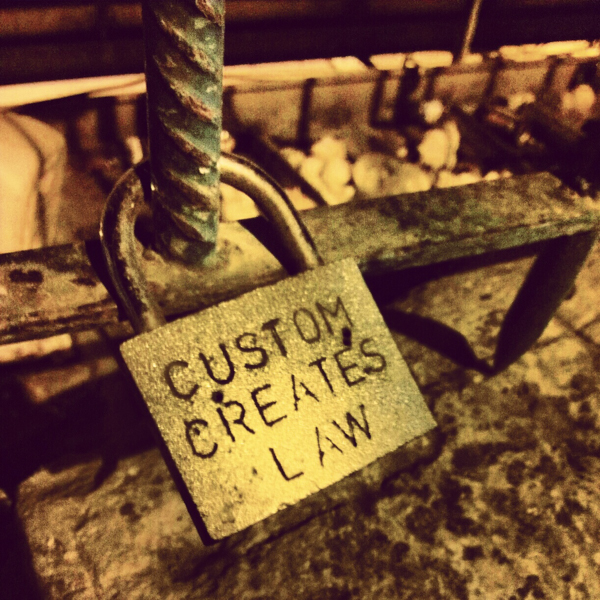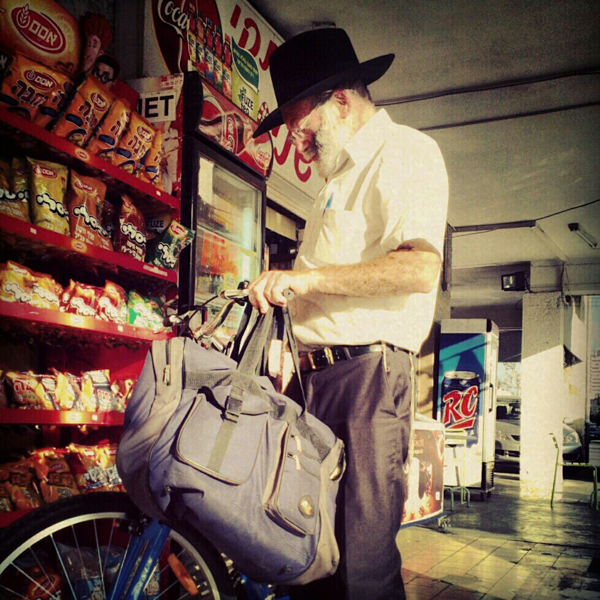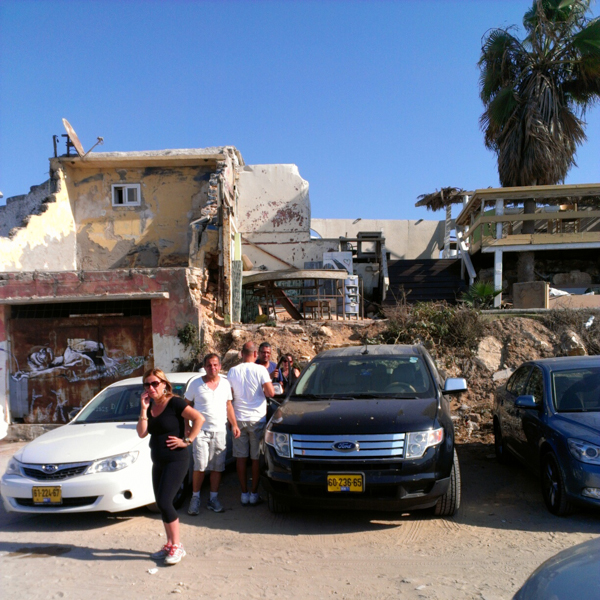Via Dolorosa, Jerusalem, 2014
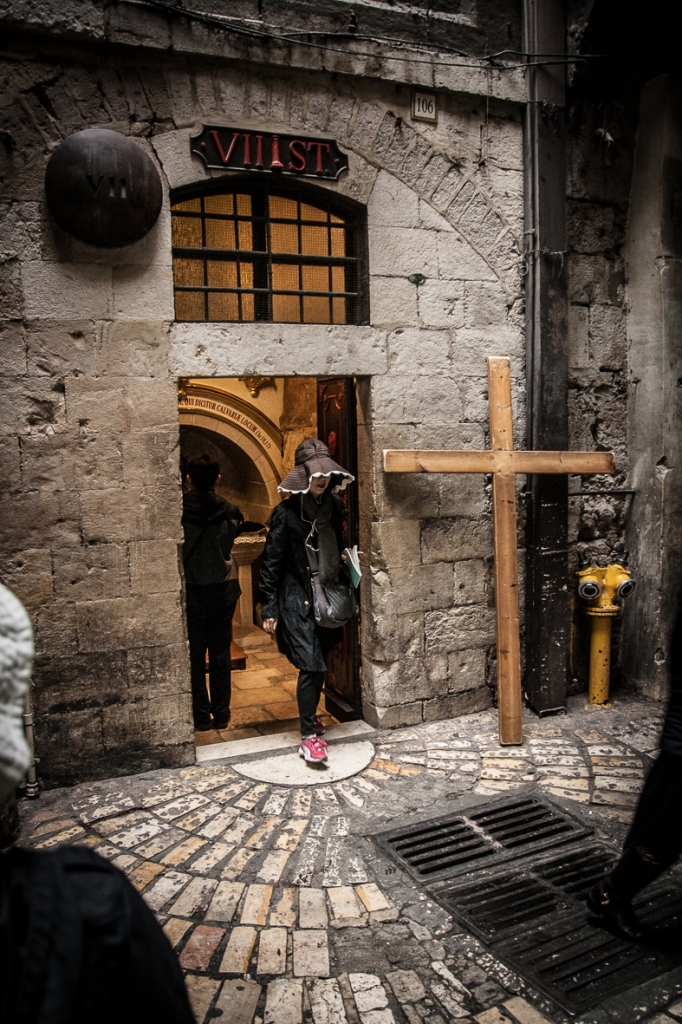
Rico Grimm
text. social media. moderation. foto.

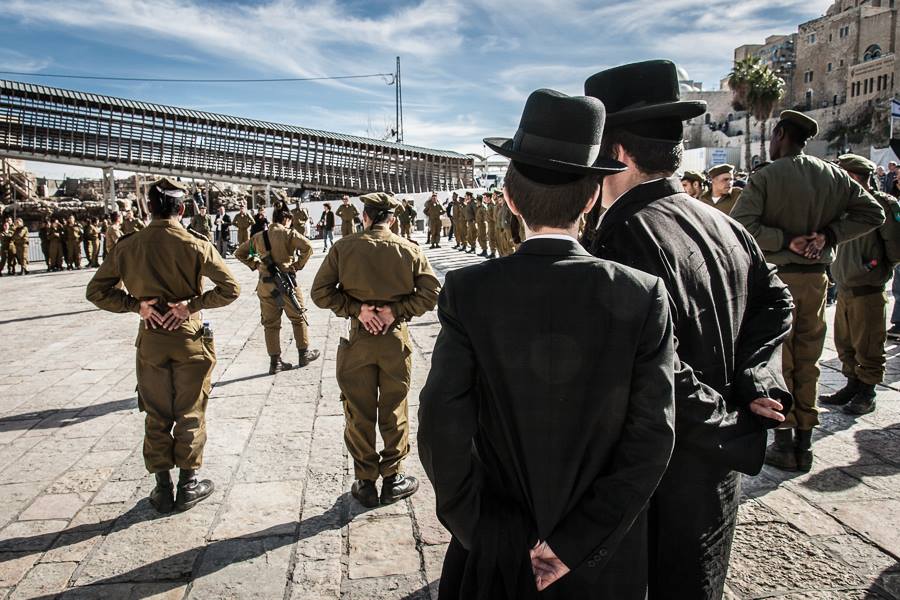
When the beards get longer, the hats weirder, the guns bigger, the domes more golden and the ailes more narrow, when the trams get too crowded, your roomies french, the politics more complicated, the stones whiter, the hill slopes smoother, the cabbies more rude and the sky clearer – then you know that you are in Jerusalem again. Hello!
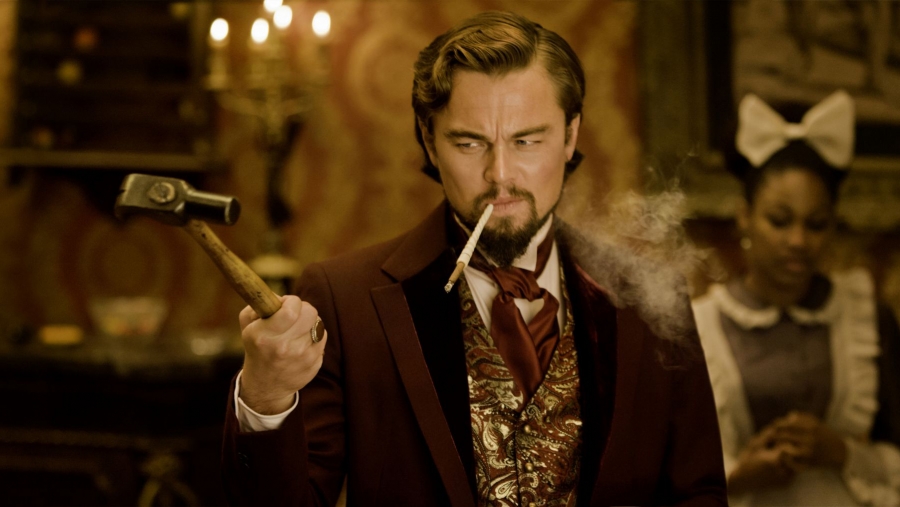
This is a very interesting read.For Germans, Americans, Israelis, Palestinians, Australians, Kurds, Turks. For everyone, actually. Because – without questioning the singularity of events – I cannot think of one nation who did not stomp over other peoples rights in its history. (If you can, let me know) Inflicting sorrow to their fellow humans is a common trait of all people. Take that into account, try to fully understand what it means that there is no “good nation”, no “light unto the nations”, no “God’s own country”, that in the end nations always do good *and* bad – it becomes a lesson of humbleness you can not forget nor ignore. That is why coming to the terms with the past is so important.
Photo: Scene from “Django Unchained”
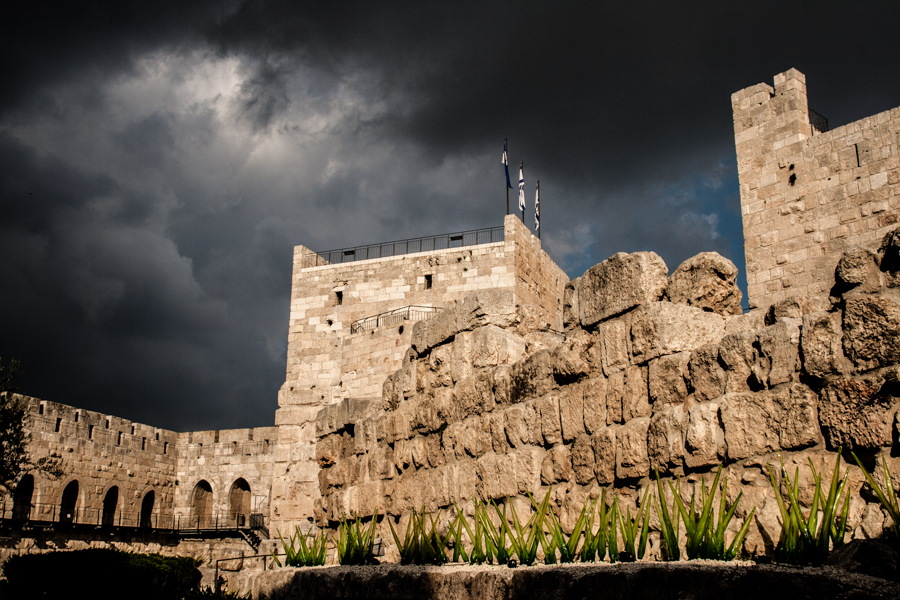
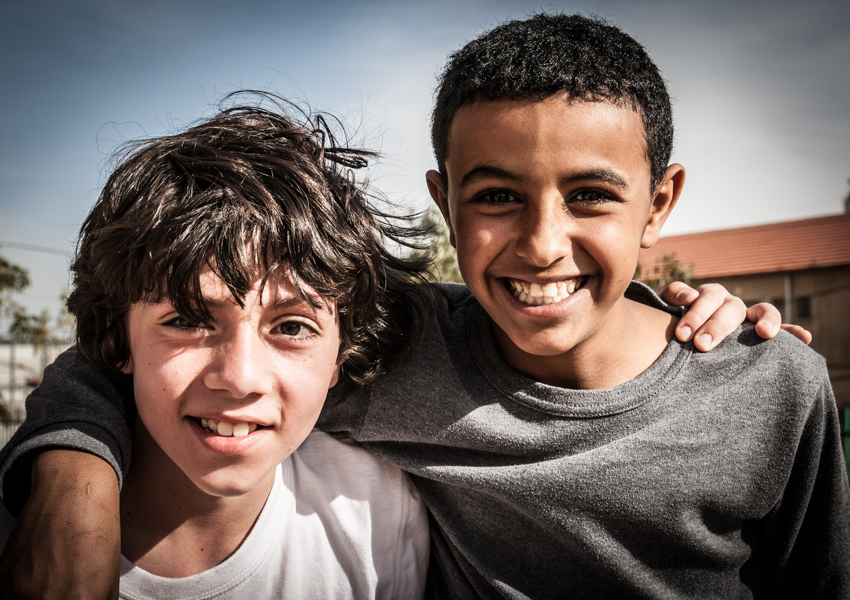
These are Itamar and Muthana. Itamar is a jewish boy and Muthana son of bedouins. They are best friends and attend the same class in a school in Be’er Sheva. That is special because the school system in Israel is segregated (like the rest of society). Schools like this are rare.
I am profiling Itamars and Muthanas school for a German kids magazine right now. I realised something interesting while writing the piece. Explaining this conflict on a kids level is actually really simple: “Two people, one home” like in “Two kids, one toy”. Even a reasonable solution is quite obvious on this basic level: “Share the home, share the toy.”
But explaining to a young audience why nobody solved the conflict yet if causes and solution are that well understood would be a tough call. Not only for me but the most knowledgeable scholars around, I guess. Is it because of a lack of talking to each other? A lack of venues to meet and exchange? A lack of good will?
It is a question of “process” in the end, of the path that leads from recognizing causes to reaching a solution.
That means for any iniative that is supposed to break this deadlock: If you cannot explain to a kid how you would go about it, you cannot explain it all.
It is bound to fail then.
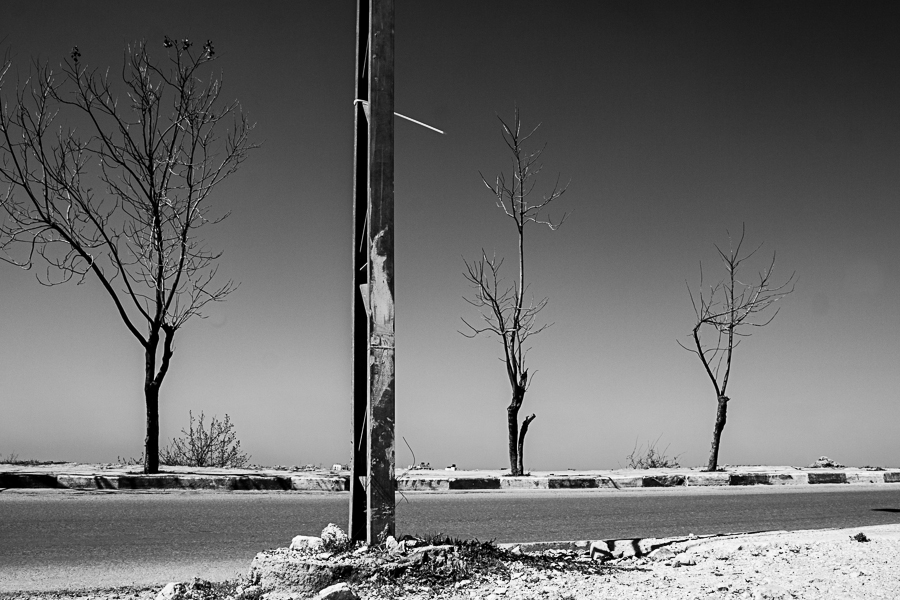

Usually, when you ask a young jewish Israeli what this and this holiday is about they do not really bother to give you the details but sum it up as follows: “Somebody try to kill us, they did not suceed, let’s eat.” This line explains alot of festivals. But on Purim it is different, somewhat. According to the bible somebody tried to kill them (the Persians), they did not suceed (thanks to Esther)… let’s drink until we are completely drunk, that’s a talmudic ruling. The whole nation from the liberal, secular neighborhoods of Tel Aviv to the ultraorthodox Jerusalem-quarter of Mea Shearim descends into a five-day-craze that is very similar to carnival in christian countries (who copied whom is not known). People dress up und you meet drunk Santa Claus, Zombies and Bees.
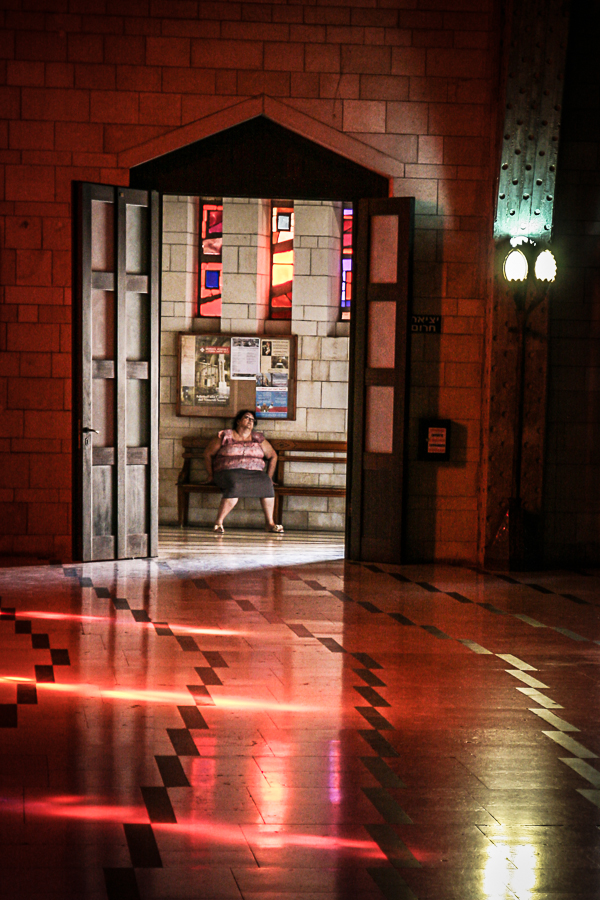
Photojournalism Behind the Scenes [ITA-ENG subs] from Ruben Salvadori on Vimeo.
